~ Oren R. Lyons, Spokesman Traditional Circle of Elders
Within the Christian church the emphasis is usually placed on the striving to ascend towards the light.
But as the myth of Icarus shows, it is the inevitable fate of those who reach for the spiritual light, that in the end they fall back to earth again. In other words: the more we go into the direction of the light, the longer the shadows become that we cast behind us. The road to the source seems therefore not up towards the light, but down into the darkness. One might even say that the darkness, when approached with caution, becomes the most powerful spiritual instrument. Which, of course, is a metaphysical point of view.
The physical reality however, shows that the total light in the material universe is a mere 0.6%, the rest being darkness in some form, and this might seem to us as indicating that the universe is out of balance as regards the distribution of light and darkness. But it is equally possible that the balance is perfectly kept in another way, if we consider that, what Mother Meera called the Paramatma light, is beyond what we normally perceive and this normally non-visible light permeates the cosmos and provides all the balance necessary with the physical darkness that we see when we look out into space.
This might indicate that things only seem out of balance, because we have been concentrating on the purely material; and darkness, in so many mindsets in our own time, is seen as something negative and not as a quality of creative potential.
Spritual seekers from many ancient traditions - Celtic, Eastern, Indian, Tibetan and African - have treated the darkness as a dynamic instrument for spiritual enlightenment.
The literal definition of the word Shaman is 'he or she who sees in the dark'. The shaman would say that there is no such thing as darkness, only an incapacity to truly see. This is also how it is described in A Course of Miracles: the darkness itself is healing and the experience that one gets when entering, offers us the (new) possibility to renew and experience ourselves, although our lives' work in the light will from then on never be easy any more.
Western mystics also recognized the importance and the power of darkness, as John of the Cross spoke of "the dark light". Well known is his poem "Dark night of the soul".
"There are some characteristics that are evident in the system which the Creator made. He made balance, harmony, and polarity. In other words, every (+) plus has a (-) minus. Every positive has a negative; every up has a down; every problem has a solution.
Great Spirit, teach me the powers of the Natural Laws."
Oren R. Lyons, Spokesman Traditional Circle of Elders



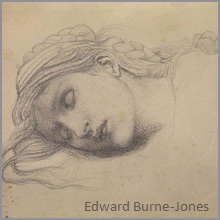
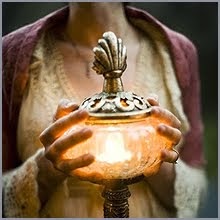
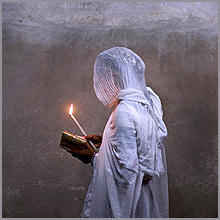
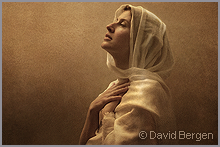

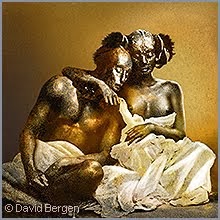


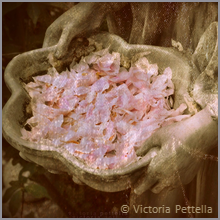
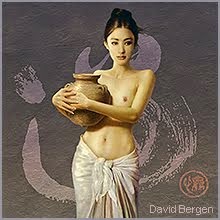

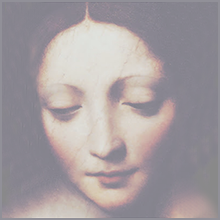
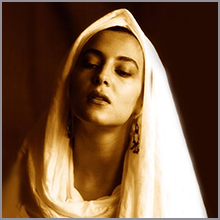
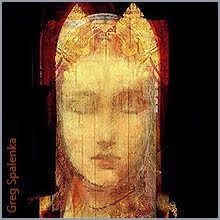
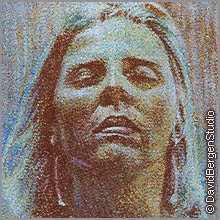











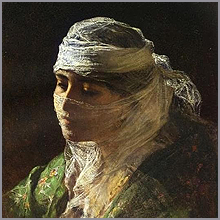


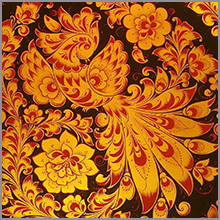

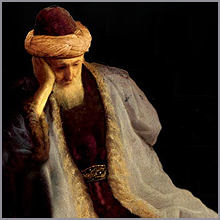
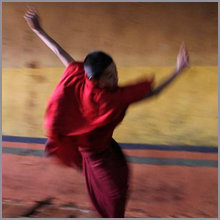



.png)
The concept of Light and Dark has been made into a symbolism of Good and Evil by religions and many cultures. Although as pointed out by Emma there are some cultures that embrace the both darkness and light, and acknowledge that both are necessary for harmony and balance. There is indeed both light and dark and it is important to look at them objectively without judging them for both conditions exist so to speak in our experience.
ReplyDeleteDarkness is simply the absence of light. The deepest darkness can be dispelled by a single flame. A shadow for example has no substance, for it is not a thing but an absence of light.
The polarity of light and darkness is the polarity of being and non-being. In advaita or non-dualism the underlying truth of existence is beyond duality and any polarity. Immanent in all things is a Oneness. However, Oneness itself can only be experienced if there is duality. True oneness is not oneness, for the very principle of oneness can only be as it stands next to non-oneness. Buddha stated that "without ignorance there is no enlightenment." True Oneness transcends relative polarities of light and darkness. In Zen Buddhism there is phrase that goes, "Not one, not two." In other words if one holds the perspective that everything is one, that is not entirely right, and if one holds the perspective that things are separate, that is not true either. Oneness is both immanent and transcendent.
Ultimately everything is One. To know this Oneness, however, one must come from duality, so in this sense we can understand that to enter the Light one must first come through the darkness as described by St. John of the Cross. When we realize the Oneness within us and within all things we recognize that we have never ever really been separate. We come full circle. And yet there is a greater depth added for having come through the darkness. So there is a purpose to the darkness.
All "things" have a positive and a negative, as each polarity depends on the opposite for its existence. If something is dependent on something else for its existence then its existence is relative. The universe has a transitory, and ultimately illusory nature to it. Leela (play) or Maya (illusion). What is the truth underlying all polarities? That truth is not a "thing" that can be defined or limited in any way. And yet It is the source of all.
The play between "light and dark" is the principle of creation of our material universe. Our universe including us humans is the expression of the Oneness to know Itself, hence all things have their origin in Oneness, and are not separate from It. Emma mentions Paramatma. This Oneness is Paramatma. It is our original and final identity - the Alpha and Omega - it is who we are.